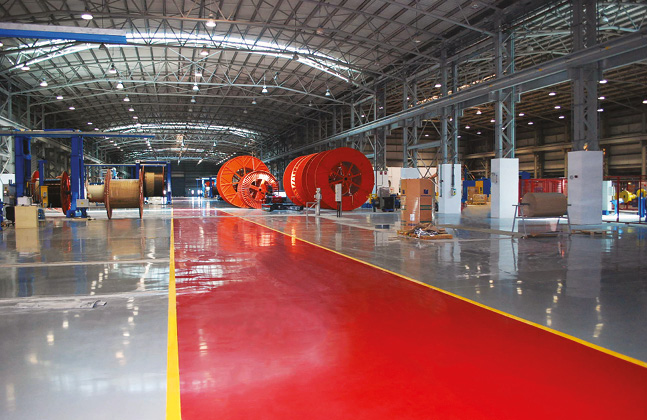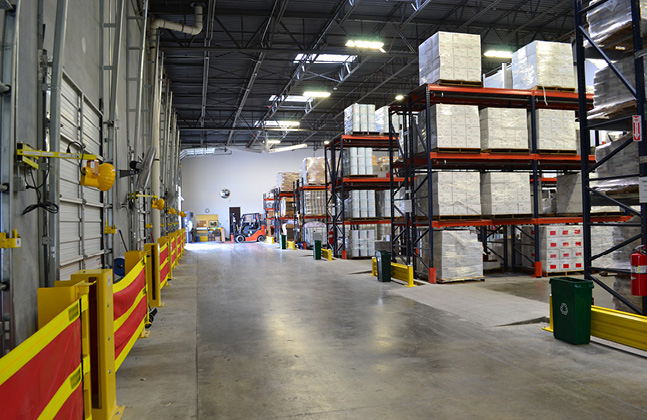Slips, trips and falls are the third largest cause of unintentional injury related death in the United States and occur in the workplace with alarming regularity, despite being easily avoidable.
The National Safety Council (NSC) states that falls are the leading cause of injury-related emergency department visits and account for 23% of the nine million annual visits (NSC Injury Facts 2013).
In the workplace, slips and falls that result in a lawsuit cost upward of USD100,000 and are most common in production facilities that have consistent foot and wheeled traffic.
Wet floors and excess dirt significantly increase the risk of accidents, as well as creating potentially hazardous situations for facility workers, visitors and staff.
As the second largest surface in any building, the floor is a vital component in maintaining a safe site. Modern technologies and practices mean that there are many steps that can be taken to reduce the severity of a company’s health and safety headache – especially since flooring concepts have been developed that help to reduce the risk of falls and other workplace accidents.
Slip Resistant Flooring
One of the most common causes of slips is contamination that has been left untreated on the ground. But with a high quality anti-slip floor in place this problem can be minimized and employee safety can be increased.
There are finishes with varying degrees of aggregates available to offer different levels of slip resistance. Therefore if you’re regularly exposed to wet conditions you could opt for a more rigorous anti-slip profile to suit the needs of your facility.
This slip resistance is achieved by incorporating graded aggregates within the resin finish that build up a positively textured coating to enhance traction underfoot.
Signage and Floor Design
Another practice commonly used to minimize safety risks is including bright signage, demarcation and instructional patterns within the floor. These can be used to improve a site’s workflow management by outlining different areas, such as walkways, aisles, loading bays and stacking areas or to highlight zones exposed to potential danger.
For the facility’s manager it is vital to avoid costly litigation by ensuring that employees are able to work confidently in potentially hazardous environments, safe in the knowledge that all possible steps have been taken to avoid undue risk.
There is an array of flooring options available to help make your site safer and the expert team at Flowcrete Americas is perfectly placed to help you choose the right one for your company. Contact the resin flooring specialists today to help safeguard your business against slips, trips and falls.









